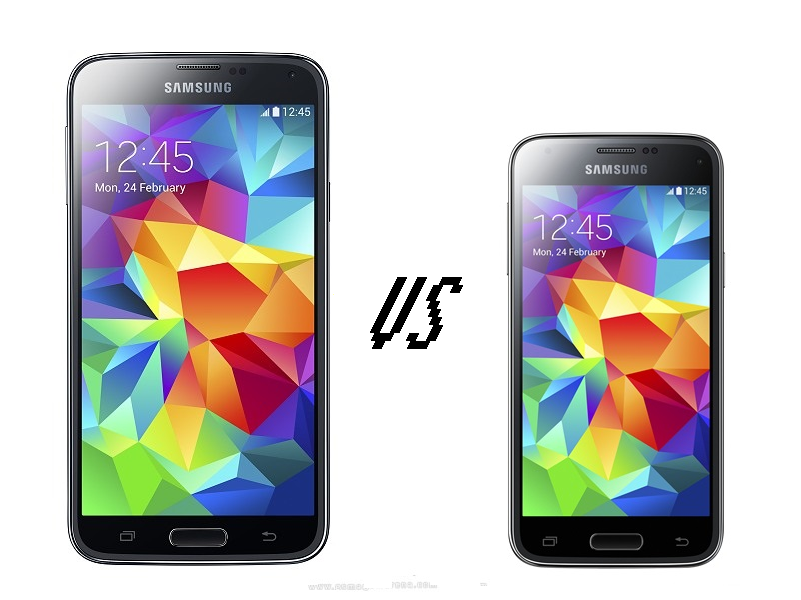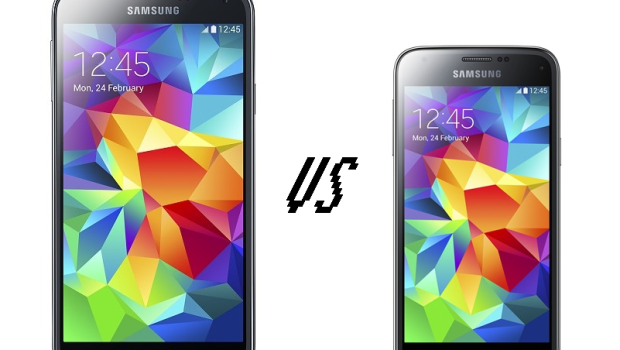What do Indian users prefer: Budget smartphones or Flagship devices?
There is something about the smartphone market that makes people sit up and take notice of all developments. However, the most important part of all developments is how consumers react to them. It is their preferences that steer the smartphone industry as such. Some things are fed to them while the rest of them are provided on their whims and wishes. For a long time, these consumers were not ready to see smartphones that could rival their PCs in terms of performance.

Past few years have been quite revolutionary for the smartphone industry. Smartphones have grown by leaps and bounds and have also replaced PCs to a certain extent. The biggest part of that was consumers’ acceptance that smartphones could actually stake a claim to that position. The real trouble is what do the consumers prefer? As smartphones have evolved, they have become more affordable than ever and gimmicky too. On one end, there are budget smartphones that excel in the value-for-money department. On the other end, there are flagship smartphones that showcase the best things a smartphone maker can do. We decode the two segments and the related user preferences as well:
Budget smartphones: Championing the cause of masses
Budget smartphones are undoubtedly the ones that make or break a smartphone maker’s chances in the mobile device market. They are able to do so as they are able to offer the consumers a no-show off, focused approach to what they can do at the least price. For some time, they were left unattended by the smartphone makers as the market moved forward and upwards. People were earning more, they could spend more and as a result, they were able to afford more. This led to one logical situation where the high-end smartphones started getting adopted more. The start of 2014 led to a sort of revolution in the smartphone market. Suddenly Motorola, which had lost prominence some time back, became important once again. It championed the cause of budget smartphones with the Moto E. As a result, it was able to take on the industry heavyweights in a spectacular fashion. This led to more smartphone makers following suit and as a result, budget smartphones becoming fashionable.
Flagship smartphones: For those seeking power and beyond
Flagship smartphones have always the only way in which a smartphone maker is able to show its technological might to the world. Flagship smartphones are not new to the market. What made them widely acceptable was the emergence of the first iPhone. Never had anyone see such a smartphone coming from a company who never made a smartphone before. People would have dismissed the iPhone back then too. But its app-based manners outshone BlackBerry, even though the latter had its fundamentals sorted. The iPhone was costly even when it first showed up, but its sales were a proof that people’s aspirations had not died.
The iPhone started ruling the market but its march to prominence was challenged by Android-based smartphones. However, the iPhone kept the competition at bay as its OS was optimized with the hardware it ran on. The route Google then took was to make Android available to as many smartphone makers as were ready to adopt it. This spurred a sort of tech race between smartphone makers and soon, the concept of flagship smartphones became a reality. Before 2014 began, the flagship smartphone market was red hot. Starting from 2014, flagship smartphones started being less gimmicky and more functional in their approach while keeping their performance edge intact.
The choice must be difficult then, right?
Yes, the assumption of choice between budget smartphone and flagship smartphone should have become difficult. But masses started clamouring for more specs for less bucks. This led to the emergence of mid-range and high-end segments. As not everyone wanted a budget smartphone, they could pay a bit more to get a better-performing smartphone. This is the basic premise behind mid-range segment. Also, not everybody is willing to pay for a flagship smartphone and for them, there is the high-end segment. These two bridging segments made users take a look back at their priorities when they went ahead to purchase a smartphone.
The solution, then, was diversification?
The sales of Moto G would tell you that this argument is true. However, if you look at the sales of rest of the mid-range smartphones, you would be inclined to believe otherwise. But the situation for flagship smartphones would have become worse, right? The problem with the high-end segment is that most of the smartphones in this range were flagship for their makers before getting ‘demoted’. Why that happens is simple – no one wants to pay for a flagship smartphone just because its maker demands it.
The case of LG Google Nexus 5 is classic in this case. Nobody considered it to be a great product and HTC’s One M7 went on to become the favourite among masses and critics alike. However, price cuts and rearrangement of Google’s priorities with regards to Android OS that led to its popularity. The same holds true for Samsung’s Galaxy S4 and LG’s G2 as well. Similar case can be seen when you look at the sales of Moto E vs Moto G. Moto G has been sold in droves across the world but it could not match up to Moto E’s numbers in India. This only makes one challenge the very existence of mid-range and high-end smartphone segments.
So, is it budget smartphones or flagships that get customer’s attention?
If we are looking at purely the ability to attract eyeballs, flagship smartphones have always been ahead of the curve and will stay at that spot. However, from a usability perspective, the budget smartphones give a tough fight to flagship smartphones. The emergence of brands like Xiaomi have only ensured that flagship smartphones come under greater pressure from customers and become more pocket-friendly than ever. Where budget smartphones lose, though, is the lack of attention from their makers. It is difficult to see any smartphone launched before or alongside Moto E and ZenFone 4 that would get the latest OS updates from its makers. However, flagship smartphones do not face such issues.
In the end, for all practical reasons, flagship smartphones will always stay ahead of the curve. But, from a sales standpoint, budget smartphones outshine their flagship cousins. Also, users prefer them as they deliver what consumers demand of them instead of handing out stuff like fingerprint scanners. In a price-sensitive market like India, value-for-money weighs way more than stuff like aspirational value and future-readiness. As such, the battle between Budget and Flagship smartphones have and always will be lopsided in the favour of the former.
About the article:
Above Article is published by Sanjeev Kumar, who is a technology geek and working for a price comparison website called PriceRaja.com. Follow him on Twitter.















